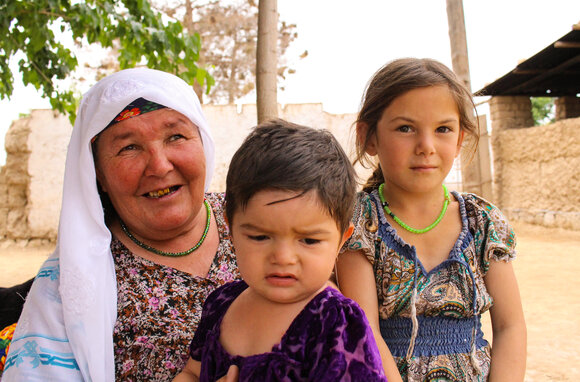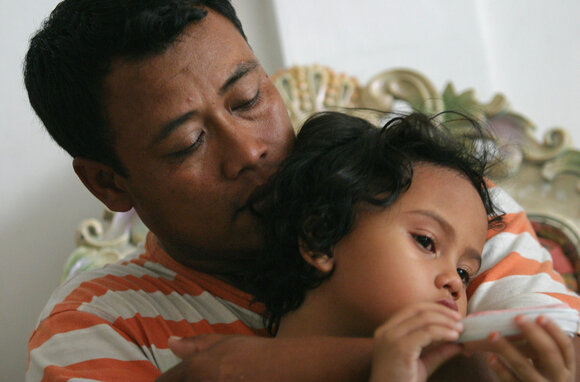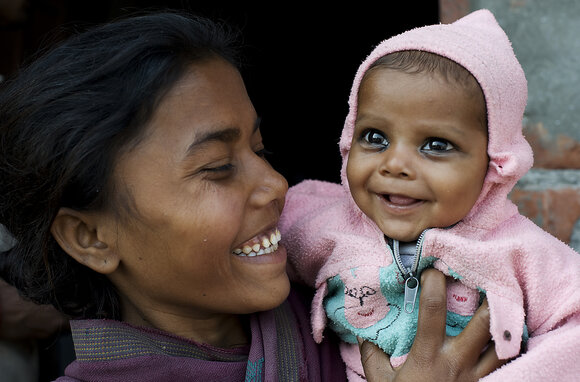
This page contains documents and other resources related to children's care in Asia. Browse resources by region, country, or category.
This page contains documents and other resources related to children's care in Asia. Browse resources by region, country, or category.




Displaying 631 - 640 of 1940
This article describes the challenges in changing policy and practice in the provision of formal alternative care in Indonesia.
This study explored the lived experiences of 23 kin caregivers raising children left behind in rural Northeast China while their migrant parents worked and lived in cities.
In this cross-sectional study 86 children orphaned by AIDS residing in care giving institutions for HIV positive children in Mangalore were assessed for their clinico-epidemiological profile and nutritional status.
This brief presents the key findings from the LEGACY Program Randomized Controlled Trial. The Legacy Maternal and Child Cash Transfer (MCCT) aimed to improve nutrition outcomes for mothers and children through the delivery of nutrition-sensitive cash transfers to pregnant women in Myanmar during the First 1,000 Days.
This experimental evaluation of the LEGACY program - a program implemented in three townships across Myanmar’s central dry zone that provided monthly cash transfer to mothers in their last two trimesters of pregnancy until the child turns two years old, as well as a monthly Social and Behavioral Change Communication (SBCC) activity supplementing the cash transfers, covering a range of topics related to nutrition and child health - measures the program's impact on child nutrition.
This video segment from the PBS Newshour shines a light on efforts underway in Cambodia to reintegrate children from orphanages back into their families or into family-based care.
This country care review includes the care-related Concluding Observations adopted by the Committee on the Rights of Persons with Disabilities and the Committee on the Rights of the Child.
The purpose of this study was to systematically review existing health service interventions for left-behind children in China.
Care for Children is seeking to appoint a consultant to undertake an end-of-project evaluation of a three-year project (January 2017 - December 2019): Care for Children's 'Vision for a Million' National Foster Care Projects in China and Thailand.
This article from the Vulnerable Children and Youth Studies journal presents lessons learned from a RISE Learning Network learning project focused on monitoring (M&E Learning Project) and aimed to generate understanding of approaches and tools that could effectively monitor children and families’ reintegration outcomes. The mid- and end-term reviews of the M&E Learning Project have captured lessons learned on how practitioners can approach monitoring of reintegration to mainstream it into their programme cycle.